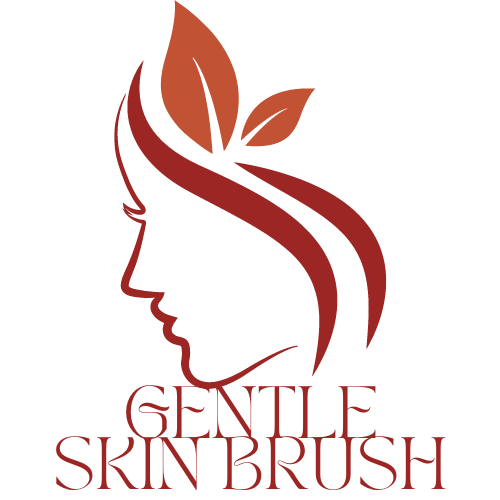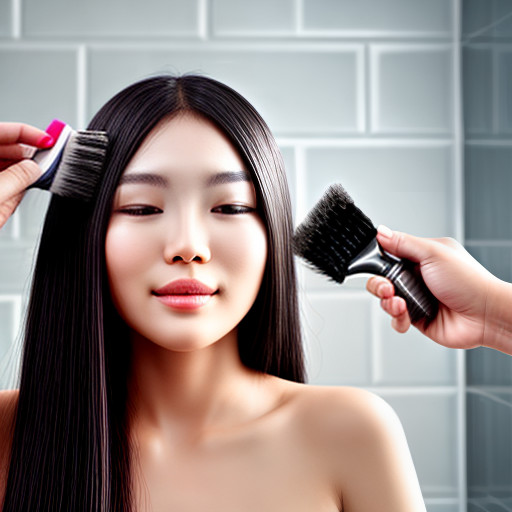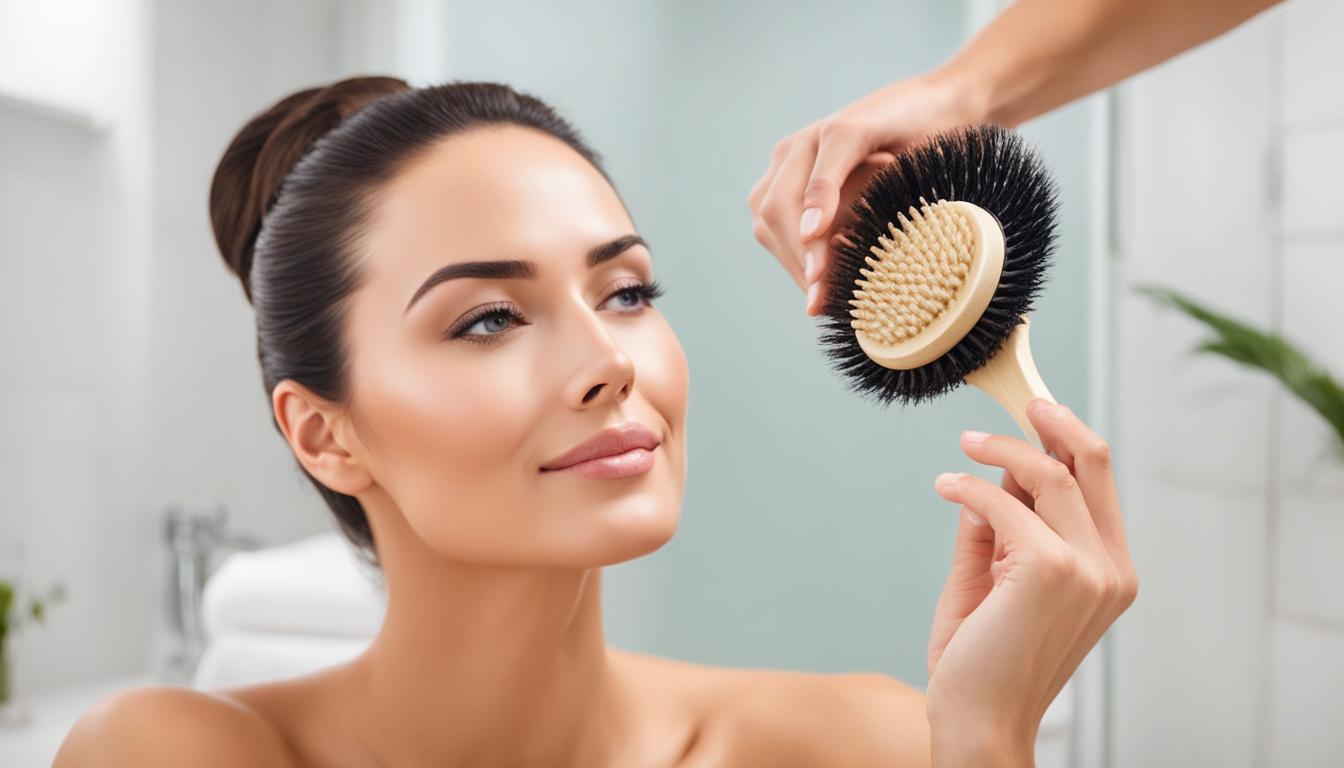Maintaining healthy hair is a top priority for many of us. We invest in products, try different treatments, and go to great lengths to ensure our locks look their best. However, sometimes we tend to overlook one of the most critical aspects of hair care – scalp health. A healthy scalp is the foundation of healthy hair. And the best way to achieve a healthy scalp is through exfoliation. Exfoliating the scalp is a crucial part of the hair care routine that helps remove dead skin cells, product buildup, and excess oil. It also promotes better blood circulation, which ensures that the hair follicles receive essential nutrients for growth.
Exfoliating your scalp is not as complicated as it may seem. With a good brush and a bit of patience, you can make your scalp feel fresh and rejuvenated in no time. The right technique and some simple tips can help you get the most out of your scalp exfoliation routine. For instance, you should always use a brush on dry or slightly damp hair and focus on one area of the scalp at a time. Using circular motions and gentle pressure, you can scrub away the buildup and restore your scalp’s health.
It is important to exfoliate the scalp as part of a regular hair care regimen in order to maintain a healthy scalp. In this blog post, we will discuss the significance of scalp exfoliation, the benefits it offers, and some simple tips to get started. So, if you’re looking to elevate your hair care game and achieve healthier, shinier, and more luscious locks, keep reading!
Contents
Using the brush on dry or slightly damp hair
Among the methods of brushing hair, there are two schools of thought: using a brush on dry hair or using a brush on slightly damp hair. While each method has its own advantages and disadvantages, there’s no question that using a brush on dry or slightly damp hair can provide excellent results.
Step by Step Tips and Tricks for Brushing Hair on Dry or Slightly Damp Hair
1. Start by using a wide-tooth comb to detangle knots before brushing.
2. Use a paddle brush or a vent brush on dry hair to smooth out and add shine to the hair.
3. If you prefer to use a brush on slightly damp hair, start by flipping your head upside down and using a round brush to create volume and shape. Dry the hair using a blow dryer to lock in the style.
4. Always be gentle when brushing hair, using slow and deliberate motions to avoid causing damage or breakage.
5. Use a hair protectant spray or serum to protect hair from breakage and damage while brushing.
One of the biggest advantages of using a brush on dry or slightly damp hair is that it can help to create body and volume in the hair. Additionally, brushing dry hair can help to distribute natural oils throughout the strands, resulting in healthier, shinier hair.
However, it’s important to note that brushing dry hair too often or too vigorously can lead to damage or breakage. It’s also important to make sure that your hair is properly hydrated and moisturized to avoid excess dryness and damage.
So, whether you prefer to brush your hair on dry or slightly damp hair, always keep in mind that the key to healthy and beautiful hair is proper care and nourishment. Be gentle and thoughtful in your brushing routine, and your hair will thank you for it!
Section your hair and focus on one area of the scalp at a time
Whether you are looking to improve the health of your hair or change up your styling routine, sectioning your hair and focusing on one area of the scalp at a time can make a big difference. Here are some key tips and useful information to help you get the most out of this technique:
Why sectioning your hair is important
– It helps you get a thorough clean: When you wash your hair, it’s important to make sure you get every inch of your scalp clean. By sectioning your hair, you can more easily reach all of the nooks and crannies on your head.
– It makes styling easier: If you are trying to create a specific style, sectioning your hair can help you better control each piece and ensure it is properly styled.
– It reduces breakage: Pulling all of your hair up into a tight ponytail or bun can cause breakage and damage. By sectioning your hair and using gentle hair ties or clips, you can reduce the risk of this happening.
Key tips for sectioning your hair
– Use a wide-tooth comb: Before you start sectioning your hair, use a wide-tooth comb to detangle any knots or tangles. This will make the process easier and less painful.
– Use hair ties or clips: Use gentle hair ties or clips to keep each section of hair separate. Don’t pull the hair too tight, as this can cause breakage.
– Start at the back: Begin by sectioning the hair at the back of your head and work your way forward. This will help you maintain a neat and organized system.
Key tips for focusing on one area of the scalp at a time
– Use a good shampoo: Choose a shampoo that is gentle and specifically formulated for your hair type. Apply the shampoo to one section of the scalp at a time and massage gently with your fingertips.
– Rinse thoroughly: Make sure you rinse each section of hair thoroughly before moving on to the next. Any leftover shampoo can cause buildup and breakage.
– Follow up with conditioner: After you have washed your hair, apply conditioner to each section and leave it on for a few minutes before rinsing. This will help to nourish and hydrate the hair.
By sectioning your hair and focusing on one area of the scalp at a time, you can take better care of your locks and achieve a more polished and put-together look. Give it a try and see the difference it can make!
Use circular motions to gently scrub the scalp and remove buildup
Using circular motions to gently scrub the scalp is a technique that can be extremely beneficial for keeping your hair looking and feeling healthy. Not only can it help to remove buildup, but it can also increase blood flow to the scalp, which can promote hair growth and help to prevent hair loss.
The first step in using circular motions to gently scrub the scalp is to wet your hair thoroughly. This can help to make it easier to work with and can also help to activate any shampoo or other cleansing products that you might be using.
Once your hair is wet, you can begin to gently massage your scalp in circular motions using your fingertips. This can help to loosen any dirt, oil, or other buildup that may be trapped in your hair or on your scalp, and can also help to stimulate the hair follicles.
When using circular motions to scrub your scalp, it’s important to be gentle and not to apply too much pressure or irritation to the skin. This can help to avoid any potential damage to the hair or scalp and can also help to prevent any discomfort or irritation.
In addition to using circular motions to gently scrub the scalp, it’s also important to use the right products and tools to help keep your hair and scalp healthy. This can include using a gentle shampoo, conditioner, and other hair care products that are designed to nourish and protect the hair and scalp.
Using circular motions to gently scrub your scalp can provide you with the best results in maintaining your hair. By following these key tips and techniques, you can help to promote healthy hair growth and maintain a beautiful, radiant appearance.
Conclusion
By using a brush to exfoliate your scalp, you can improve overall scalp health and help your hair grow. Be sure to use it on dry or slightly damp hair, section your hair, and concentrate on one area at a time with the brush. By using circular motions, you can gently remove buildup and stimulate blood circulation. This process can leave your scalp feeling refreshed, clean, and ready to grow healthy hair. Make this practice a part of your hair care ritual, and you’ll soon notice a significant improvement in your scalp and hair health. Happy exfoliating!





Leave a Reply